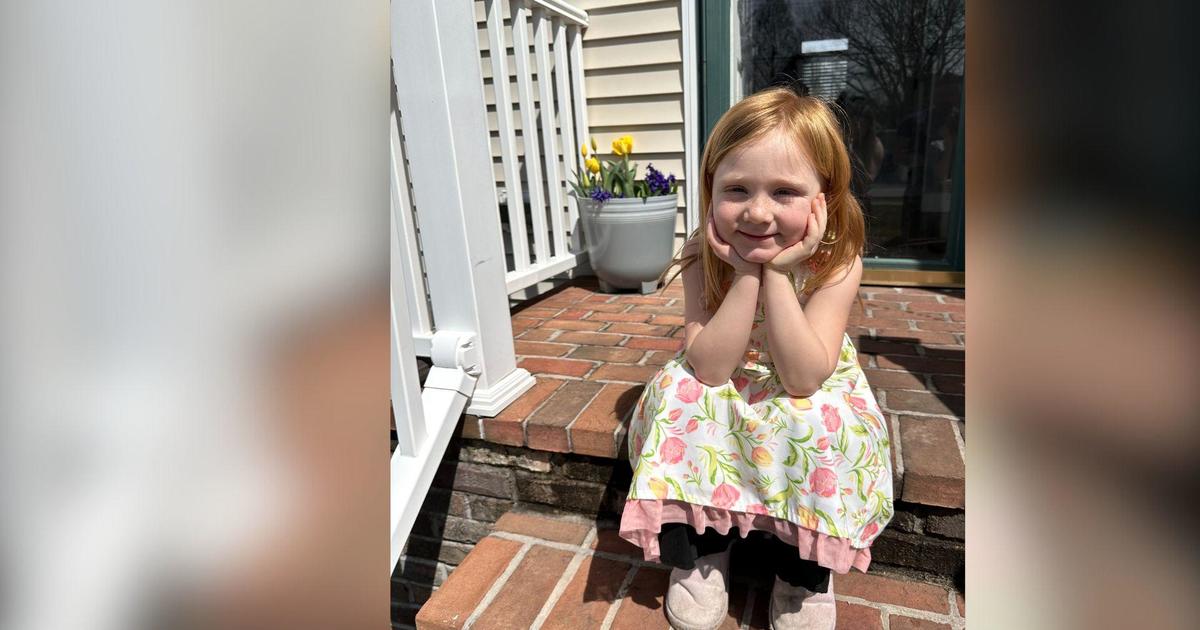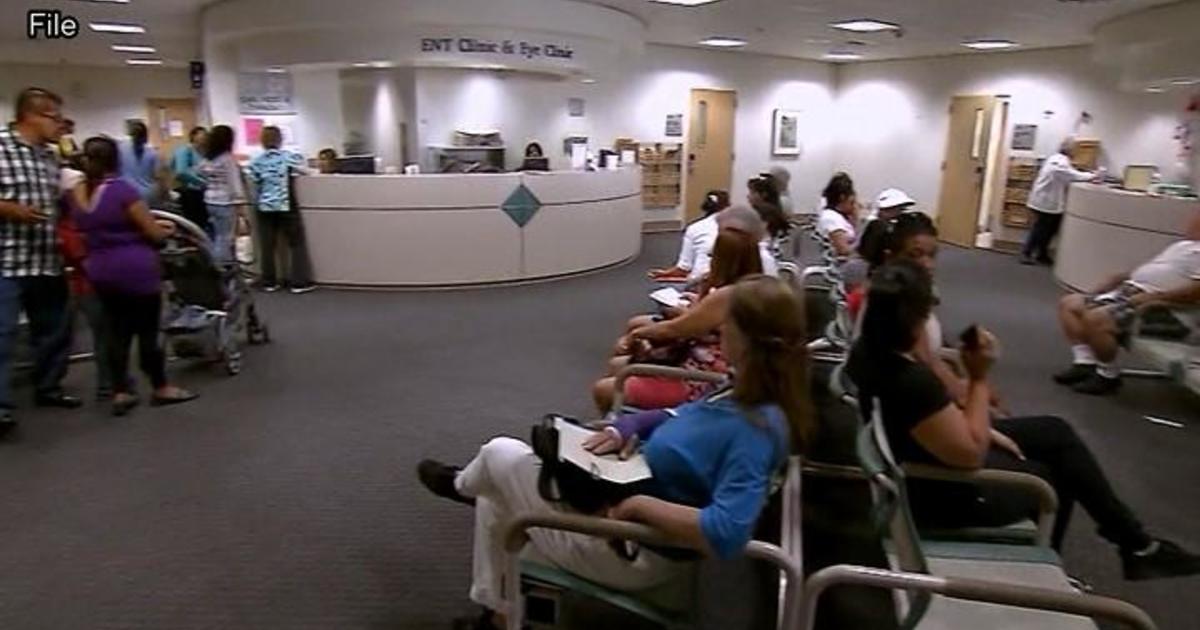Univ. Of Md. President Knew New Home Would Rouse Emotions
By JENNA JOHNSON
The Washington Post
COLLEGE PARK, Md. (AP) -- Soon after being named the University of Maryland's president in 2010, Wallace D. Loh visited campus and learned that the president's house was scheduled for demolition.
While a university foundation built a new home, Loh and his wife would be living in a donated house near campus.
"Let me just say, I was surprised," said Loh, who is in his second year in the job. "The first thing that came through my mind was: `Wallace, you have a crisis here.' I knew that once the public heard about this, it would be a firestorm."
Loh firmly believes that the old home had a long list of costly problems that needed to be fixed and that the new home and events center is "a necessity of the modern presidency." Private donors will pick up the $7.2 million price tag, and about 20 people have given about $4.5 million so far.
But Loh said he knew that no matter how rational the reasons or the source of the funds, constructing this house would rouse emotions.
"To the average person on the street, it doesn't make sense," he said.
Loh was correct in his prediction that the project would cause a firestorm. Although the new house has been in the works for more than a year and has been approved by several layers of school and state authorities, outrage didn't set in until this month, when the Maryland Board of Public Works was asked to approve demolition of the previous house. Then, the old house fell.
From a public relations standpoint, the construction comes at a complex time, not long after Loh announced that the school was cutting sports programs to address massive budget shortfalls and as Maryland has been asking donors to support students who might have to drop out because they can't afford tuition.
To give himself "a political cover," Loh said he turned down use of the donor's home and purchased a house near campus, where he and his wife pay their own mortgage and utilities. He said he also ordered an "absolute firewall" between himself and the project.
Loh said he learned the price of the "University House," as the structure is being called, from reading the student newspaper.
"I knew the one thing that brings down presidencies is building a new house," Loh said. "I did not want my presidency to end before it begins."
Once the house opens in late summer or early fall, the Lohs will make that their primary residence but plan to keep their current house as a "private retreat," Loh said.
School officials and donors have been working to make it clear that the home is not a luxury but a fundraising necessity. On Tuesday, Brodie Remington, vice president for university relations, sent a mass e-mail to everyone on campus that challenged the media's characterization of the project as a "mansion."
When the university's regents approved the project, Remington said they requested a clear distinction between the two sections of the house: a private residence that will cost about $2 million and a venue for entertaining that will cost $5.2 million. Still, looking at a rendering of the outside of the structure, it's impossible to see where one section starts and another begins.
"That is a distinction that's difficult for people to grasp," Remington said.
The University of Maryland College Park Foundation, a nonprofit organization housed in the school's University Relations department, is leading fundraising efforts for the project.
Remington leads both the foundation and the department.
So far, the foundation has "official, formal, booked commitments" from about 20 donors for about $4.5 million, Remington said. Many of the donors are longtime Maryland supporters who have already given millions to other projects on campus, including athletics and scholarship funds.
One of the project's largest donors, Barry Gossett, said the new house will be a symbol of the university's upward trajectory. The foundation is building it at a time when construction prices are lower in preparation for more aggressive fundraising and partnership-building in the future.
"It's only going to get more competitive, not just for the public dollars but for the private dollars," said Gossett, who is also a major supporter of Maryland athletics and scholarships.
The foundation plans to meet its fundraising goal in June with gifts from 40 to 50 donors. Originally, it had planned on about 30 donors picking up the tab. When asked what would happen if the foundation could not raise the full amount, Remington said: "One cannot fail. We will keep fundraising until we raise all the money that we need."
The foundation gave potential donors a color brochure that includes paintings of the University House, floor plans and a list of naming opportunities.
If a donor is willing to give $10 million, he or she could name the place. For $300,000, a donor's name could grace the "master bedroom suite" where the president will sleep. There are also opportunities to name the driveway ($1 million), the service bar ($250,000) and two coat rooms ($50,000 for the larger, $25,000 for the smaller).
The foundation also has started a maintenance endowment for future upkeep of the house and has collected $400,000.
Remington and his staff also have reached out to students who might have questions about the project, including the Diamondback student newspaper. In a glowing editorial about the house published Tuesday, the newspaper concluded: "This project isn't about fancy digs for the president, it's about raising money for the university: Who can complain about that?"
The foundation announced this month that the first major event hosted at the house in the fall will be a dedication ceremony focused on scholarship fundraising.
"We're going to put the house to work early on," Remington said, "for the benefit of the campus and all students."
In his first year as president, Loh hosted more than 200 events.
He and his wife invited people to their home for meals, but their dining room table only seats eight. He hosted fundraisers and major events in the student and alumni centers, which he said seemed impersonal. He met with students in his office, which seemed too intimidating, or at a reserved table in the noisy cafeteria.
Faculty members kept asking why he never invited them over.
"It's like playing basketball without home court advantage, like being an ambassador in the nation's capital who holds receptions in a Hilton ballroom," Loh said. "I really can't be as successful as I want to be, and as people expect me to be, without a University House."
Information from: The Washington Post, http://www.washingtonpost.com
(Copyright 2012 by The Associated Press. All Rights Reserved.)



